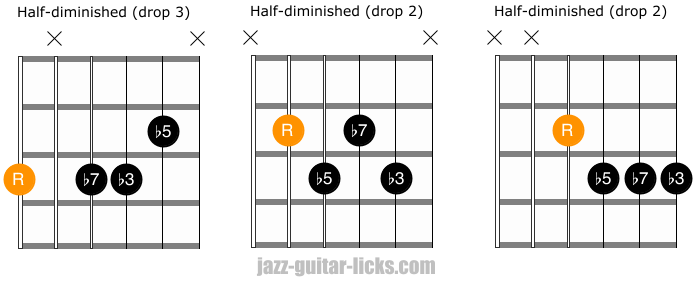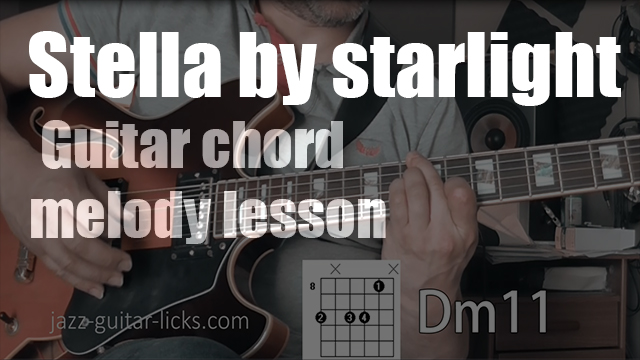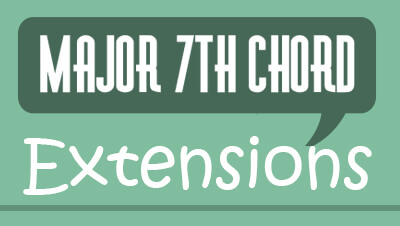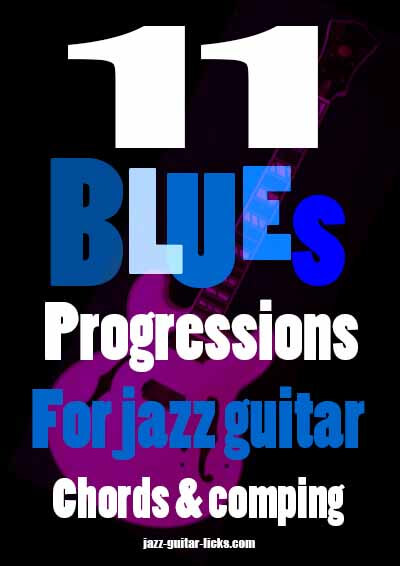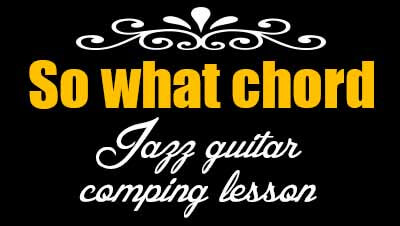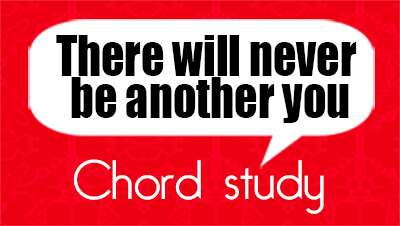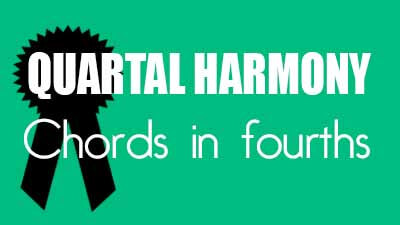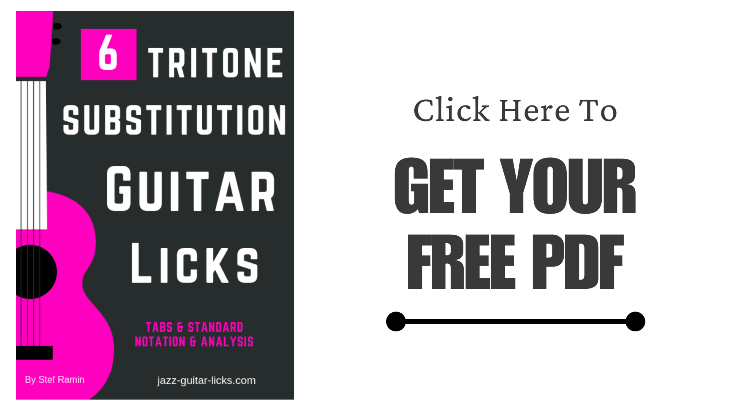jazz chords
-
15 Easy Jazz Guitar Chords For Beginners
- By jazz-guitar-licks
- On 2020-02-28
- In Chords / Voicings
- 0 comments
This lesson provides 15 basic jazz guitar chord positions that every beginning jazz guitar player should know. These chords are grouped into five families :
- Major seventh chords (Maj7)
- Minor seventh (m7)
- Dominant 7th (7)
- Half diminished / minor seventh flat fifth (m7b5)
- Diminished 7th (dim7)
-
Jazz Up Basic Guitar Chords - Guitar Lesson for Beginners
- By jazz-guitar-licks
- On 2017-04-27
- In Guitar Practice Tips
- 2 comments
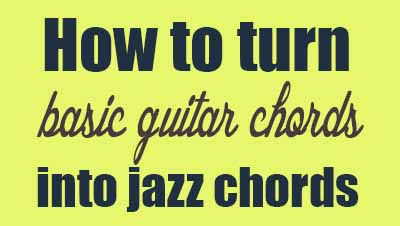 Generally, when a beginner start to learn to play guitar, he tackles open chords (up the guitar neck), those found in many popular songs.
Generally, when a beginner start to learn to play guitar, he tackles open chords (up the guitar neck), those found in many popular songs.Then, come the bar chords (major, minor, dominant 7) a little hard to master. But all these chords do not have a very interesting sound and are not mostly used in jazz music.
That's why in this lesson for jazz beginners we will take the main basic guitar bar chords to transform and enrich them so that their sonority is richer, exciting and better suited to jazz concept.
-
Stella by Starlight - Jazz guitar chord melody lesson
- By jazz-guitar-licks
- On 2017-04-11
- 1 comments
A new video is online on the youtube channel. It is a quick jazz guitar chord melody arrangement with chord diagrams of the famous jazz standard "Stella by Starlight" (Victor Young).
-
Extended Major 7th Chords | Guitar Diagrams & Voicings
- By jazz-guitar-licks
- On 2017-04-01
- 0 comments
Seventh chords (aka four-note chords) represent the backbone of jazz harmony. It is common to extend them with extra tones. These other notes form the upper structure of a chord which includes the 9th, 11th and 13th.
Adding extensions to chords help to get off the beaten tracks and provides some new harmonic colors to your playing (chord soloing, comping, and arrangement).
This lesson provides useful extended major 7th chord shapes to apply to your playing.
-
Chord Substitutions For Guitar
- By jazz-guitar-licks
- On 2017-03-25
- 0 comments
Chord substitution is to replace a chord by another one to add more harmonic interest to a piece, a song or a chord progression.
In jazz music, this technique is widely used by composers and improvisers.
It can be useful to reharmonize a chord sequence or a jazz standard.
This lesson will help you better understand what is the diatonic chord substitution.
-
NEW PDF eBook available | 11 blues-jazz progressions for guitar | Chords and comping studies
- By jazz-guitar-licks
- On 2017-02-12
- 0 comments
-
So What Chord - Jazz Rhythm Guitar Lesson - Modal Comping
- By jazz-guitar-licks
- On 2017-01-24
- 0 comments
The origin of the "so what chord" name would be due to its use by the jazz pianist Bill Evans in the modal tune "So what" by Miles Davis.
This is a cool and modern sounding chord voicing often used as an alternative to quartal voicings. It is built with a fourth chord on the bottom (3 perfect fourths stacked) and a major third added on the top.
This particular chord was originally played on a piano, but it is quite interesting to play it on the guitar to support rhythmically and harmonically a soloist over a modal tune.
This jazz guitar rhythm lesson with tabs and diagrams provides you some interesting ideas of comping inspired by McCoy Tyner's playing on "impressions" by John Coltrane.
-
There Will Never Be Another You - Jazz Guitar Chord Lesson
- By jazz-guitar-licks
- On 2017-01-20
- In Jazz Standards
- 0 comments
"There Will Never Be Another You" is a popular song by Harry Warren (music) and Mack Gordon (lyrics). It is one of the most known jazz standards and an indispensable study for any jazz guitarist.
This jazz guitar comping lesson provides you different chord voicings (drop 2, inverted, rootless and extended chords) on the top four strings of the guitar to comp over this jazz tune. By the way, it will also give you some new ideas to support harmonically a soloist.
-
Chords in Fourths - Quartal Harmony
- By jazz-guitar-licks
- On 2017-01-07
- 2 comments
What is Quartal Harmony?
To enrich and modernize the harmonization of a piece it is common to use fourth chords. They can replace some original chords to bring more melodic freedom into improvisation and more tension in harmony.
Since the late 1950s, harmony in fourths has played a very important role in the development of modern jazz. Musicians and composers have used a lot the quartal harmony.
Among them, the great American pianist McCoy Tyner, who, is a master in the art of playing quartal chords. Mike Stern, Herbie Hancock, Chick Corea, Bill Evans and Kurt Rosewinkel have also used this technique.
In this lesson with tabs and shapes, we will see how to build chords in fourths, how to harmonize the major scale with and how to use them in comping.
